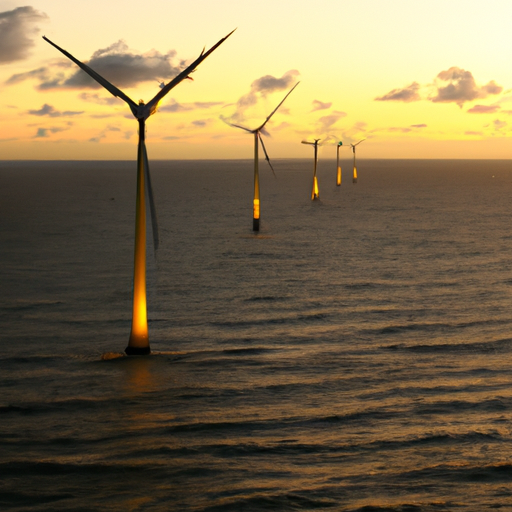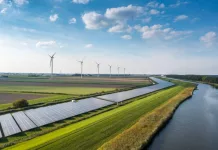n what seemed like a perpetual storm of negative headlines, the US offshore wind sector experienced quite a turmoil this week, much to the delight of fossil fuel proponents. However, amidst the gloom, a few rays of hope emerged. Atlantic coastal states are re-engineering their strategies, and a novel single-blade floating wind turbine has the potential to change offshore wind economics.
The Gulf of Mexico’s Lukewarm Response to Wind Lease
In an ominous indication of probable future events, the Interior Department received a somewhat disinterested response to their bids on three wind lease areas in the Gulf of Mexico back in August. Two offshore lease areas with a combined capacity of 2.4 gigawatts situated off the coast of Texas received no bids, and just two bids came in for a third lease area located off the Louisiana coast.
Political dynamics in these states, both inclined towards conservative politics, probably did not help. Still, Louisiana’s Democratic Governor, John Bel Edwards, has been vigorously promoting renewable energy, especially offshore wind. The state’s influential fertilizer industry’s recent interest in greener ammonia production might have played a role in the two bids coming in.
Why did Texas Fail to Lure Bidders?
Why Texas, with its rich wind power resources, failed to attract bids for offshore wind auctions becomes an interesting question. The state’s political landscape is quite distinct, prominently featuring wind power and other renewables, which contradict the prevailing extreme conservative political environment.
Three Northeast States Embark on an Innovative Approach
On an optimistic note, three states in the Northeast – Massachusetts, Rhode Island, and Connecticut – are already implementing contingency plans for possible setbacks in offshore wind development.
Recently, the Governors of these three states signed a Memorandum of Understanding (MOU) to start a unique multi-state collaboration on offshore wind. The main objective of this initiative is to leverage economy of scale to reduce costs.
Through our united offshore wind proposals, we are seeking to boost benefits for all three states, achieve cost reductions on large scale projects, and turn them into economically viable undertakings,” mentioned the office of Massachusetts Governor Maura Healey.
The states plan to collectively offer their offshore areas, potentially accommodating up to 6,000 megawatts of offshore wind power. The distribution of these potential projects would be decided based on the bidding parties’ preferences.
New Jersey’s Transition to Wind Power
New Jersey, notably pro-wind, seems undeterred by recent challenges. When Chris Christie, the state’s former Republican Governor, was in power, New Jersey had a pro-fossil fuel stance. This changed when Democratic Governor Phil Murphy took office. The state is now positioning itself as a wind power champion, leveraging its strategic Delaware River seaport.
Last summer, the state legislature granted a significant tax break to leading wind developer Ørsted. More recently, Attentive Energy filed initial paperwork for a significant New Jersey offshore wind project, capable of generating up to 1,342 megawatts.
New Single-Blade Technology – A Glimmer of Hope
In recent advancements, Dutch firm TouchWind proposed an innovative and cost-effective one-blade configuration for floating wind turbines. This project, showcasing the potential to boost cost-efficiency in turbine technology, could significantly rejuvenate the US offshore wind sector.

























